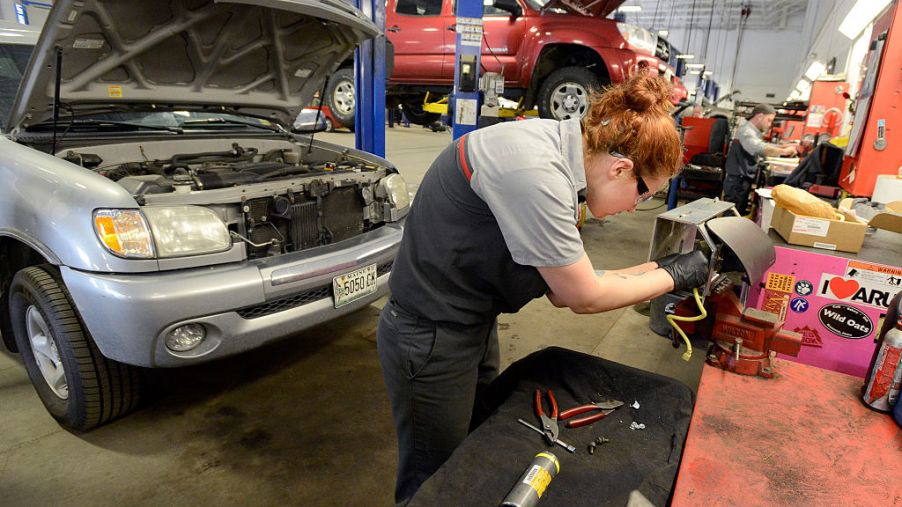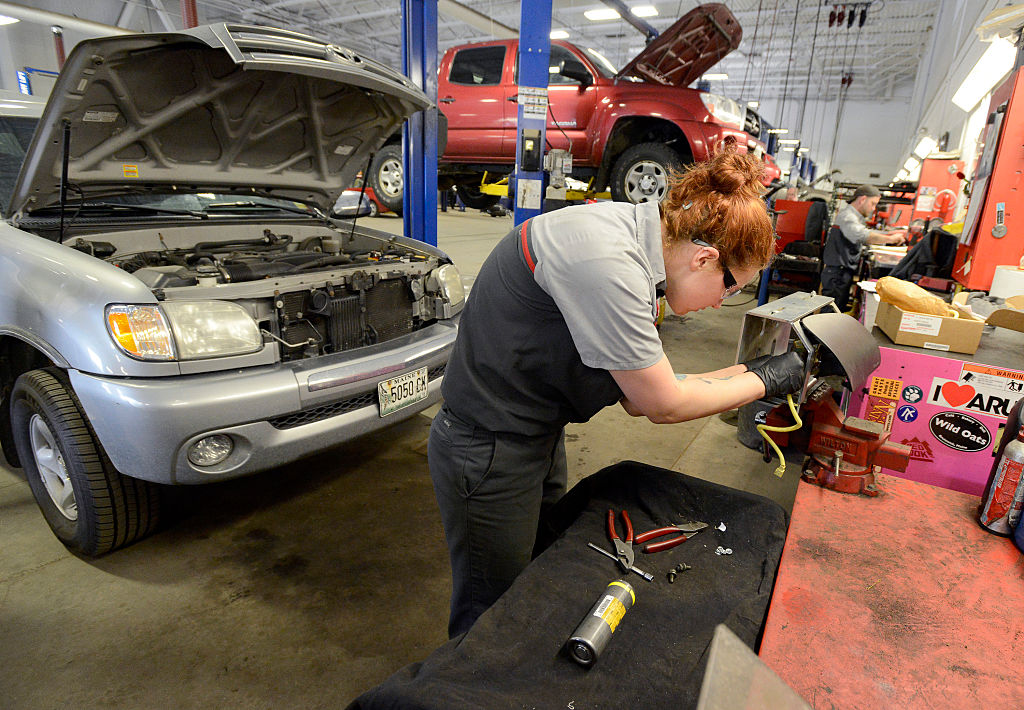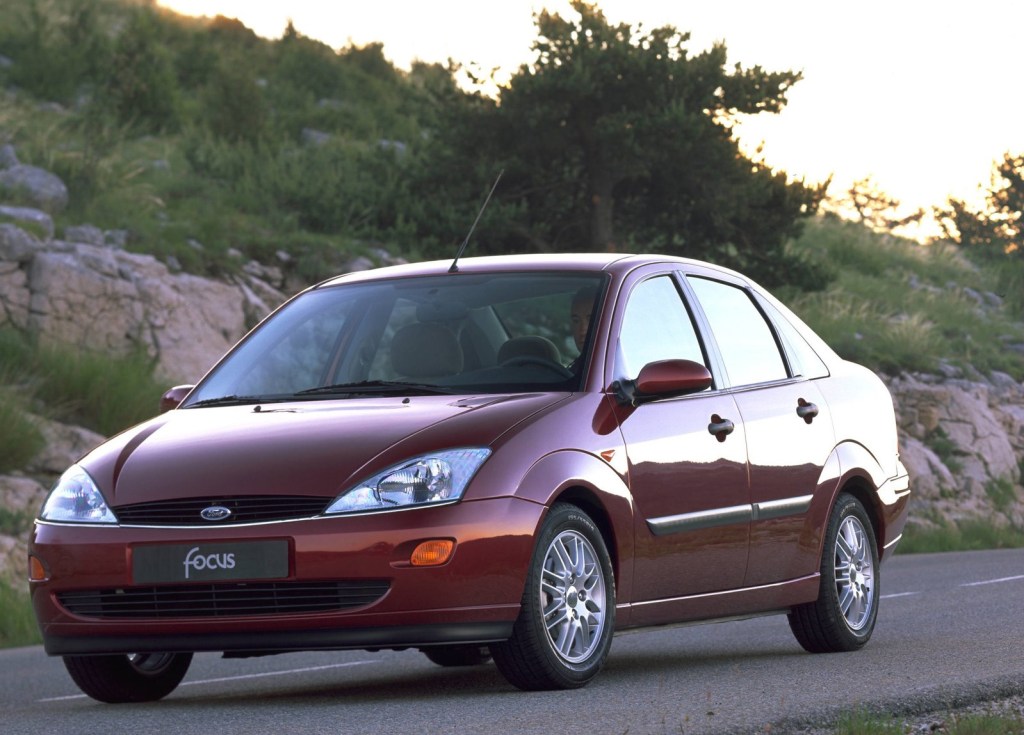
Never Try to Fix Your Car Recall Yourself
Even some of the most reliable cars on the road can be subject to manufacture recalls. Although usually for mechanical reasons, today software glitches can also prompt a car to be recalled. The Toyota Highlander, for example, has been a part of both a software-related and mechanical recall. The latter case is especially problematic, as Toyota is still waiting to receive the necessary parts to fix the affected vehicles. And that can leave some owners stranded, worried that driving their cars could lead to injury. But fixing a recall isn’t like ordinary maintenance: it’s definitely not for DIYers.
Why cars get recalled

Not every single recall is about safety, Cars.com reports. However, they’re usually prompted by a safety-related defect or failure to meet a minimum safety standard, the NHTSA explains. For instance, the ongoing issues surrounding Takata airbags, or a Lamborghini Aventador’s doors locking from the inside. But they can also be as seemingly innocuous as a missing sticker, Consumer Reports explains.
Sometimes these recalls are prompted by enough customer complaints triggering an official NHTSA investigation. Other times, the manufacturer may initiate the recall on its own.
When a recall is issued, Edmunds.com explains, the automaker involved is required to contact all registered owners and purchasers whose cars are affected by it. This is done by both mail and official press releases. However, identifying a problem and letting people know about it is just the first step.
Why a recall is a dealer issue
Part of the recall notice, Cars.com explains, is instructions on how to safely operate your car before it’s repaired. And if that’s even possible in the first place.
Regardless, resolving a recall is the responsibility of your local dealership. Once you get a recall notice, contact your local dealer to schedule an appointment to bring your car in. Depending on the nature of the repair, your car may be in the shop for a few minutes or a few days. But as long as your car is less than 10 years old, the automaker foots the recall repair bill, The Motley Fool, and Edmunds.com report.
However, as Toyota’s fuel pump recall demonstrates, sometimes affected cars may be on the road for some time before being repaired. That’s because, in addition to identifying a solution to the issue, the automaker has to source parts for it. A software-related recall is one thing: once the code is written, it just has to be installed. That’s arguably easier now, thanks to over-the-air updates.
But for mechanical components, like an alternator, it takes time for the dealership to get enough stock together for all the repairs. Meanwhile, car owners have a potential hazard on their hands, and might not have a back-up vehicle. And so, they might try to fix the issue themselves.
But, it’s not quite that simple.
What happens if you try to fix it yourself?
For one thing, if a recall is especially widespread or problematic, an automaker may be under great legal pressure to make sure every affected car is fixed. That means being especially thorough with performing recalls. In addition, fixing or replacing a recalled part yourself complicates reimbursement. I know this from first-hand experience.

One of my siblings used to own a used 2002 Ford Focus that in 2009 suffered a front suspension failure. My dad, uncle, and myself went to go replace it with a brand-new front shock-absorber and spring. Then, a few months later, my sibling found out the Focus was being recalled for front suspension issues.
Normally, the NHTSA explains, if you have to repair or replace a recalled part, you can receive compensation by contacting the dealership and manufacturer. But there’s a limited time window that you can do so. And although the Focus was still less than 10 years old, the reimbursement window had passed without my sibling knowing, because they weren’t the first owner, and hadn’t received the notice. In addition, because the affected part was no longer installed in the vehicle, there was nothing for the dealership to repair.
The car was fixed, yes. But it should have been the manufacturer’s responsibility to pay for it, not us.
Checking your vehicle’s recall status
It’s important to note that a recalled car can be legally sold before the repair is performed. In addition, Motor Trend reports that more than half of all vehicles visiting dealership repair shops leave without open recalls being repaired. Luckily, the NHTSA website has a VIN lookup tool to help check for unresolved recalls.
You don’t have to fix a car recall yourself. That’s the job of the carmaker.
Follow more updates from MotorBiscuit on our Facebook page.


